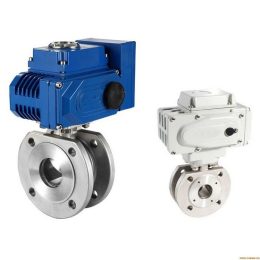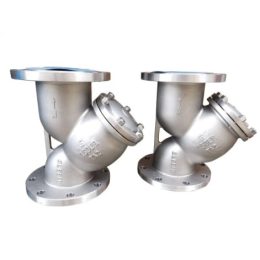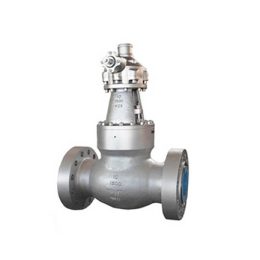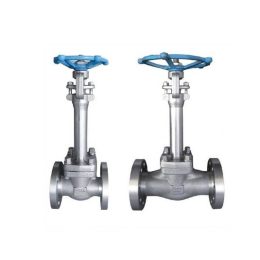How to choose electric valve and pneumatic valve
When it comes to choosing between electric valves and pneumatic valves, it’s important to understand the differences between the two and their respective applications. In this article, we’ll go over the key factors to consider when selecting the right type of valve for your needs.
Power Source
The power source for electric valve actuators is electricity. If the circuit board or motor fails, sparks are likely to occur. Therefore, it is generally used in environments where the environmental requirements are not high and there is no danger. On the other hand, the power source for pneumatic actuator valves is compressed air. The response speed is faster, making it more suitable for application in regulating conditions. Therefore, manufacturers that produce regulating valves also produce pneumatic actuators to match them.
Adjustment Response Speed
The adjustment response speed of the electric actuator is not fast enough. Taking the company ROTORK as an example, the adjustment number of the regulating actuator is only 1200 times per hour, so the pneumatic actuator on the regulating valve has more applications than the electric actuator.
Actuators
The essential difference between electric valve and pneumatic valve lies in the use of different driving devices, that is, actuators. However, there is no difference between the regulating valve itself. Cooperating with different actuators mainly requires working conditions. For example, in chemical industry and other explosion-proof occasions, the most commonly used are pneumatic valves due to their high safety requirements and low prices. With intelligent positioners, they can be connected to the bus and the control method is simple.
Operating Torque
Pneumatic valves have a larger operating torque than electric valves. The switching speed of pneumatic valves can be adjusted. The structure is simple and easy to maintain. Due to the cushioning characteristics of the gas itself, it is not easy to be damaged due to jamming during the operation. However, it must have a gas source, and its control system is also more complicated than electric valves. Pneumatic valves are sensitive, safe, and reliable. Many factories with high control requirements set up compressed air stations for pneumatic instrument control components.
In conclusion, when choosing between electric valves and pneumatic valves, it’s important to consider the power source, adjustment response speed, and operating torque for your specific application. Take into account the working conditions and safety requirements to determine which type of valve is the best fit for your needs.



